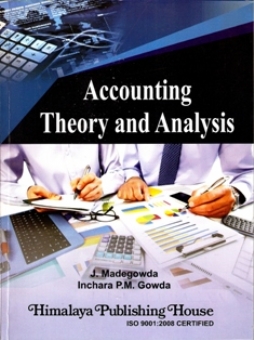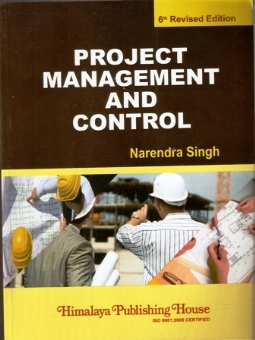The present book Growth and Development has been prepared for students of Third Year, B.A., Sixth Semester, University of Mumbai. In accordance with the requirements of the syllabus, the discussion is divided into four units. The coverage, organisation and contents of these units are as follows:
Unit I on `Population and Human Resources` consists of two chapters. The first chapter discusses the role of population growth in economic development, theory of demographic transition, microeconomic household theory of fertility and approaches to population policy. The second chapter focuses on the role of human capital in economic development. We examine in detail the contribution of education, health and nutrition to foreign investment in development. The last section discusses the problems and issues in human capital formation.
Unit II on `Structural Development` also consists of two chapters. The first chapter of this unit discusses the issue of urbanisation and migration in detail while the second chapter examines the role of agriculture in economic development.
Unit III is devoted to a study of `International Aspects of Development`. Consisting of four chapters, this unit takes up a discussion in considerable detail of trade strategies, financing of balance of payments, and the role and importance of foreign investment in developing countries. The last chapter focuses on MNCs (multinational corporations).
Unit IV on `Agencies of Development` consists of five chapters. The fist chapter of this unit discusses, in detail, the role of Market and State in economic development. The second chapter considers the rationale of planning, types of planning and the changing role of planning in the new neo-liberal economic regime that is fast emerging across the globe in most of the developing countries. The third chapter of the unit discusses models of development planning divided under three headings: aggregate growth models, multisector models (input-output analysis) and project appraisal and social cost-benefit analysis. The last section of this chapter discusses the issue of gender budgeting. The last two chapters of this unit consider international institutions − IMF, World Bank and WTO.
Contents :
Unit I : Population and Human Resources
1. Population Growth in the Development Process
2. Human Capital and its Role in Development
Unit II : Structural Transformation
3. Kuznets-Clark Thesis, Urbanisation and Migration
4. Agriculture and Rural Development
Unit III : International Aspects of Development
5. Trade Strategies for Development: Export Promotion versus Import Substitution
6. Balance of Payments Deficits and Their Financing
7. Foreign Investment and Developing Countries
8. Multinational Corporations
Unit IV : Agencies of Development
9. Market, State and Voluntary Sector as Agencies of Development
10. Economic Planning
11. Models of Development Planning
12. The IMF and World Bank – Structural Adjustment and Stabilisation
13. World Trade Organisation (WTO)






